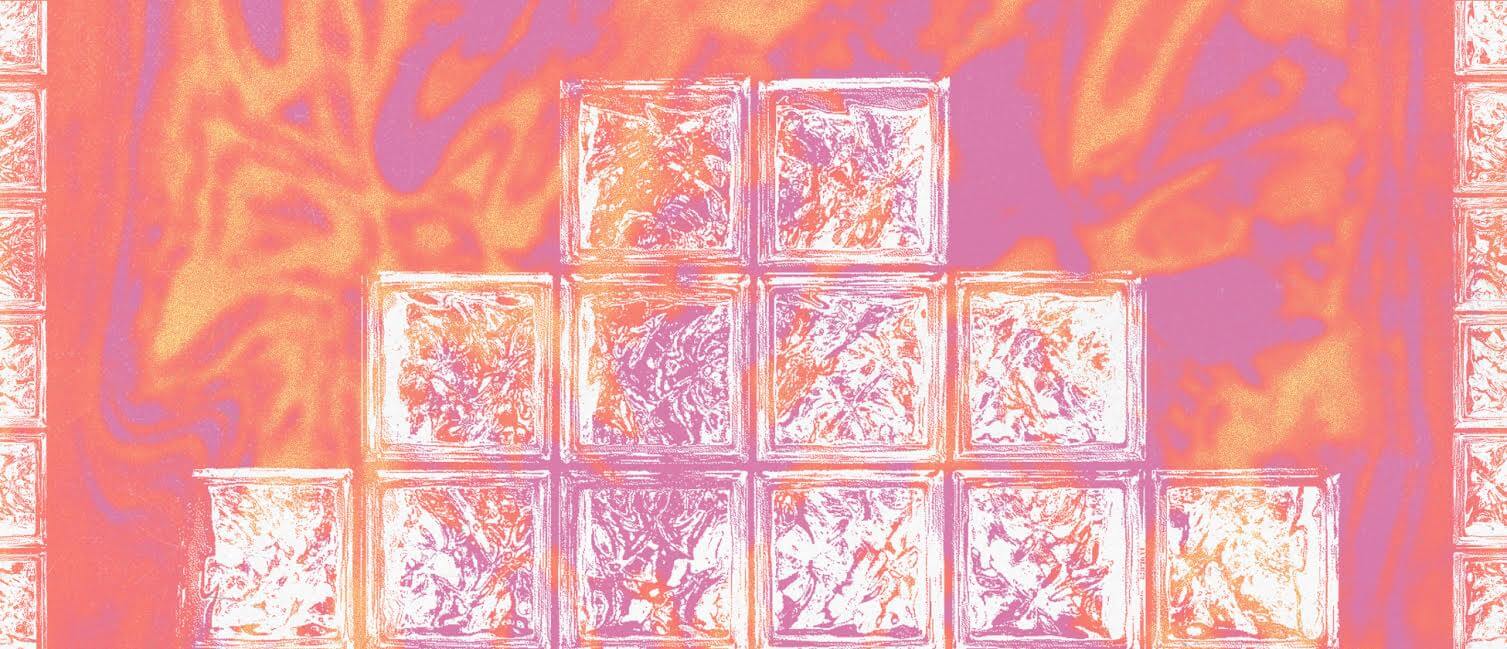The retro lucite blocks reflect the future tense that Los Angeles embodies.
Every 50 years or so, glass masonry finds a resurgence in Los Angeles architecture. Some might find glass bricks garish or cheesy, and then there are those who love them for their retro style and practicality. In their next iteration, will glass bricks bring new ideas to the city’s commercial and residential buildings?
Glass bricks first came into being at the start of the 20th century after they were experimented with and popularized in Europe. American architects became inspired by the material after seeing the dramatic effects of replacing traditional masonry with glass.
It became an attractive material for designers, who could use glass to play with natural and artificial light. At night, glass buildings functioned like advertisements, emitting a glow that seeped into the city.
Glass bricks returned in the ’80s as a part of L.A.’s Art Deco revival. Now, they are everywhere: They reach for the sun from the top stories of old malls in Koreatown, ripple on the houses along jogging routes in Silverlake, and glimmer on the buildings that sit on the noisy streets of Pico-Robertson.
“When anything becomes really dated and then comes back in again I think it’s interesting,” says culture writer and native Angeleno Molly Lambert, who has written about her digital archive of — and love for — glass bricks. “Now I’ve heard from a lot of people who say they’re coming back in.”
Designer and architectural theorist Joe Day agrees that glass bricks are on the verge of a comeback. “Architects who grew up in the 1980s are going to find some interest in what they were surrounded by,” Day says. He calls it a “demographic inevitability.”
The return of glass bricks is an exciting turn of events for some of the country’s largest suppliers, like Paul Beyer and Jeff Ahlgren, the founders of California Glass Block, who have run their West Coast operations since 1986.
Glass bricks returned in the ’80s as a part of L.A.’s Art Deco revival. Now, they are everywhere.
“Glass blocks are always evolving and becoming better used because of the creativity of my customers,” Beyer says.
He’s currently at work on a new multi-use apartment complex in Koreatown. His team is treating windows with “classic wave” blocks, or glass bricks with an undulating surface.
“With glass blocks, everything is alive,” Beyer says
He recalls working on Hamburger Henry in Long Beach in 1985. Before it closed in 1996, Hamburger Henry was known for its rounded wall built with glass bricks, which obfuscated the stairwell inside. When Angelenos embraced unregulated experimentation, it resulted in some of the city’s most beloved and distinct buildings, such as the U.S. Bank Tower, the first version of the Beverly Center and a renovated version of the Los Angeles County Museum of Art. Hamburger Henry’s innovation was on a smaller scale, but it was a true result of the creativity that stoked ’80s design
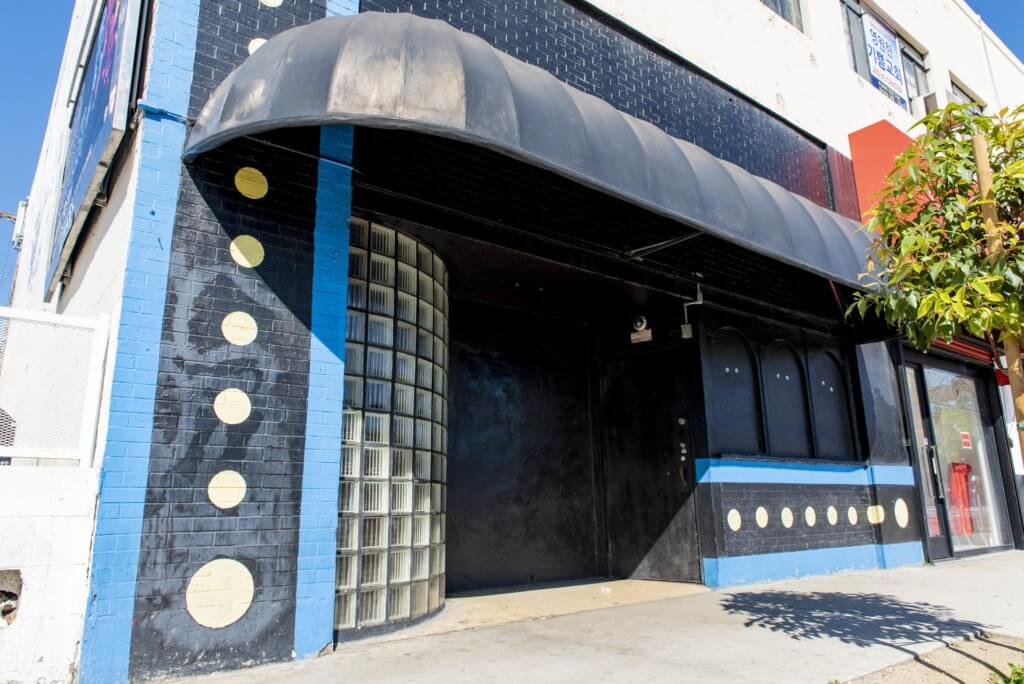
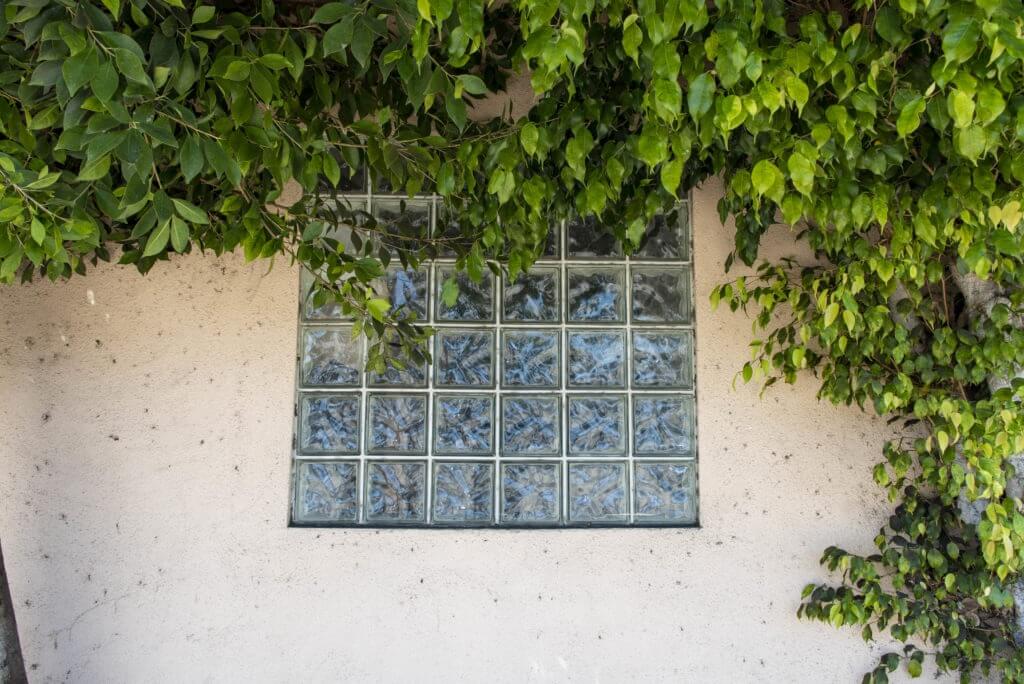
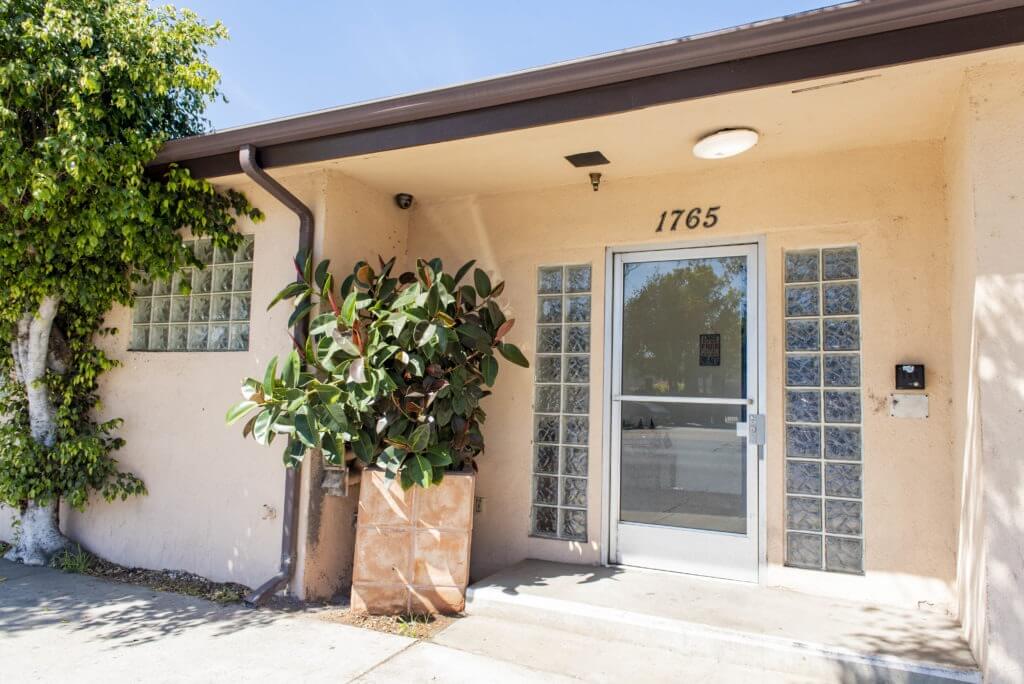
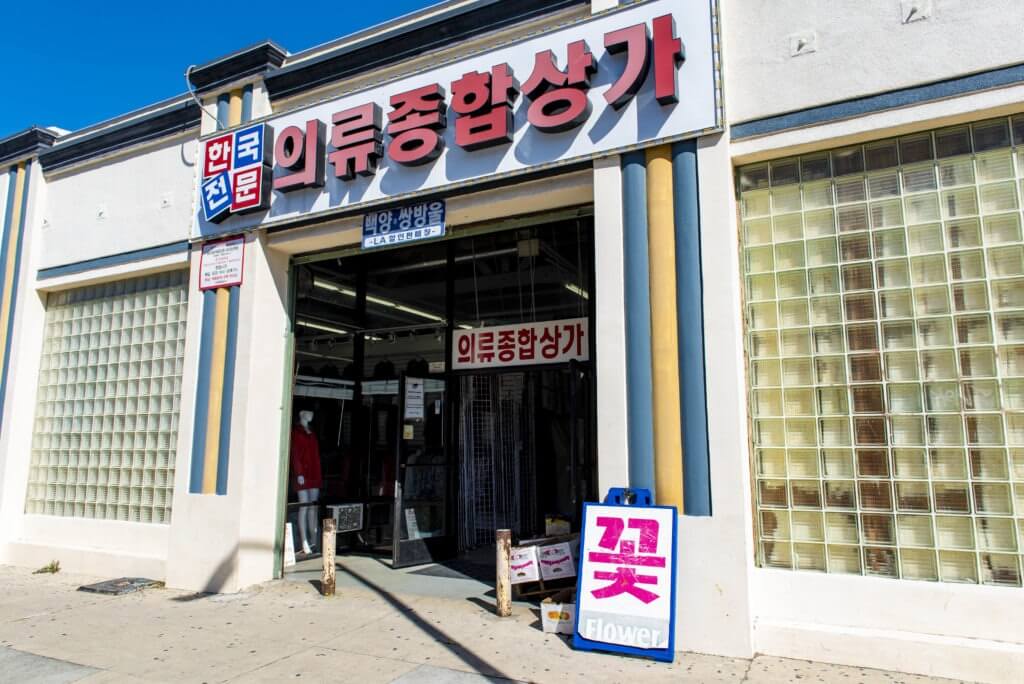
Glass bricks became popular in America in the early 20th century and again in Los Angeles during the city’s Art Deco revival. Photos by Miriam Bribiesca.
Los Angeles’ experiments with architecture and design throughout the 1980s were in line with the decade’s watershed moments in politics and culture. Most memorably, Los Angeles hosted the 1984 Summer Olympics. The city was awash in the salmon, orange and purple hues popularized by designer Deborah Sussman via her work on the Olympics’ graphics. Then, in 1986 the city staged its first marathon
As Los Angeles opened itself to the masses, the future felt vast and full of promise. The decade felt lush and hopeful, and the city reaped the benefits of urban renewal. It’s no wonder that designers revisited glass bricks in the ’80s.
However, seeds of corruption grew in tandem with these historic moments. By the time the city launched the Olympics in 1984, Los Angeles Police Chief Daryl Gates had launched mass arrests of black youths to keep peace in the city. Operation Hammer was in full swing by 1988, and men from South Central and East L.A. were swept up for gang-related activities
During this time, many of the cases against the Los Angeles Police Department for police brutality were paid little heed. Muzzled by a militarized police force and the false promise of a stable workforce, the heavily discriminated neighborhoods of Los Angeles were entering highly flammable times.
Glass bricks were not fireproof enough
It is embarrassing to admit when something goes wrong. Los Angeles likes to be exemplary, but it also groans at its oft-mawkish ways
Architects like Michael Folonis have practiced here long enough to know that the city’s response to embarrassment is erasure.
“50 years is the general lifespan of a building here, in newer cities,” Folonis says
As Los Angeles opened itself to the masses, the future felt vast and full of promise. The decade felt lush and hopeful, and the city reaped the benefits of urban renewal. It’s no wonder that designers revisited glass bricks in the ’80s.
He was one of the original students at the Southern California Institute of Architecture in the late ’70s and began his practice in 1983. He stopped playing with glass bricks years before then. A designer of organic solutions to combat today’s throw-away culture, Folonis looks for materials to have a function. He thinks now could be a time to start looking at glass bricks.
“The primary reason we stopped [using glass bricks] was because everybody else was doing it,” Folonis says. “It seemed like a material that was very trendy and then there were a ton of buildings that got dated because of it.”
If buildings really tend to go down after 50 years, the city is without chunks of history where glass bricks once served a substantial purpose. Imagine the houses on Ocean Park Boulevard that used glass bricks to adapt to noise from the Santa Monica Airport. Imagine the factories with unregulated working hours or the sterile patient rooms that try to feel a little softer by letting in light. Imagine Sepulveda Boulevard, Western Avenue or any other major arteries for automobiles that rattle houses throughout the day
Without preservation, we’re left imagining the times that we did use glass bricks like solutions. Amidst whatever nonsense they brought with their prevalence, they were often simply good material. That line between solid application versus art accent is important to distinguish as we see its return now
While eyeing glass bricks across the city as they hug the curving walls of rundown motels on West Washington Boulevard, repurposed art galleries on North La Cienega Boulevard, or Encino medical offices, one can’t help but think about how they sealed in the times when we exercised a lot of freedom to be a little louche. But if glass bricks go down with their buildings, do the lessons we ought to

